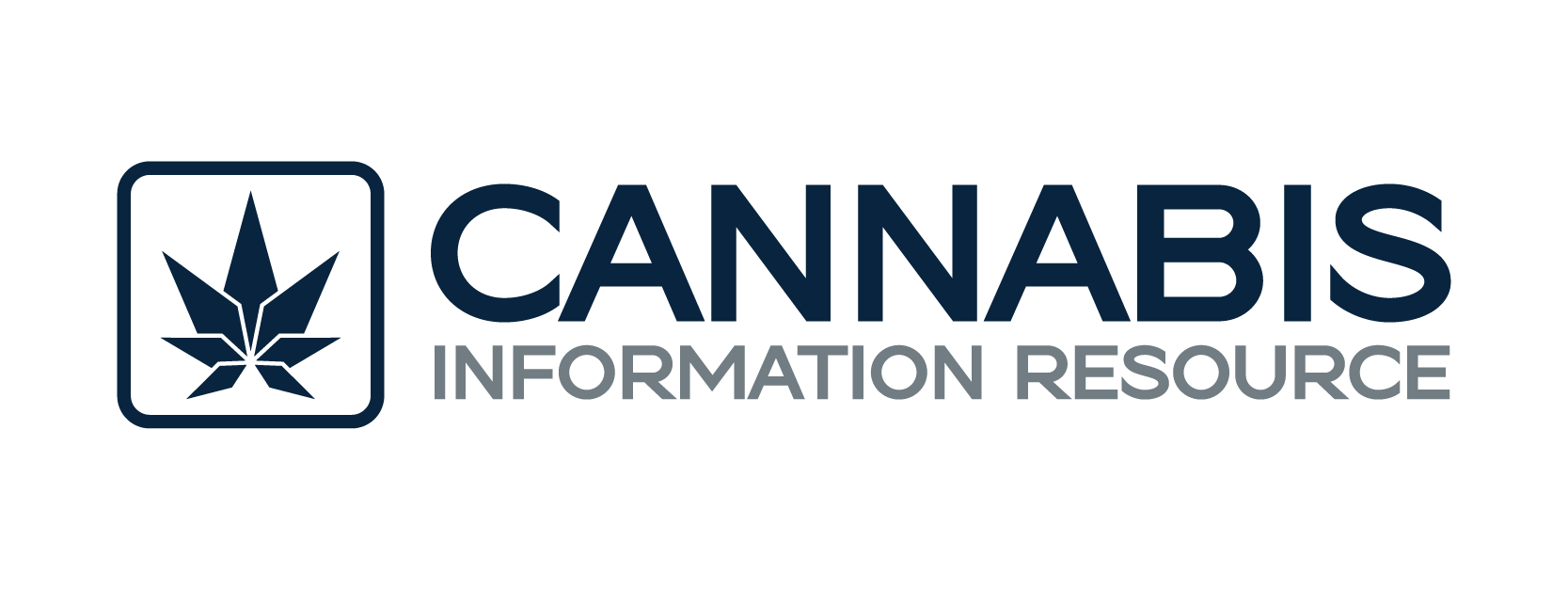In 2025, the U.S. finds itself in a paradoxical position: dramatic state-level gains, yet continued federal sclerosis. Currently, 24 states (plus the District of Columbia and some territories) have legalized cannabis for adult (recreational) use, with 40 states allowing medical cannabis in some form.
But legalization is no longer the bold breakthrough it once was; it’s matured into a complex patchwork of regulations, tax structures, licensing policies, and ongoing tensions between state and federal authorities. Many states that legalized early are now wrestling with stagnant growth, market saturation, illicit competition, and regulatory complexity.
A telling sign: California’s regulated market faces headwinds. The state’s Department of Cannabis Control estimates that only 7.5 – 18.3 percent of illicit cultivation is being eradicated or seized — indicating considerable operations remain outside legal channels. Meanwhile, in some legacy markets, growth is flat or contracting as bureaucratic inefficiencies, overtaxation, and black-market pressures bite.
On the revenue side, the boom has been real. Since 2014, states with legal cannabis markets have collected more than $20 billion in state tax revenue. In 2025 projections, the U.S. legal cannabis industry is forecast to hit $45 billion in annual retail sales, supporting hundreds of thousands of jobs. Consumers are broadly supportive: a 2024 Pew poll found 57 percent of U.S. adults favor legalizing cannabis for both medical and recreational use.
Yet beneath the surface lie tensions. Legalization’s effects on crime, public health, and traffic safety remain contested. A 2021 update from the Cato Institute found that many claims made by advocates and critics alike are overstated: legalization at the state level tends to yield “moderate to minor” effects rather than sweeping transformations. Racial equity and justice remain fragile: enforcement disparities previously baked into prohibition-era regimes have not always disappeared in the new regimes.
Federal Reform: The Stalled Center
While states have sprinted ahead, federal cannabis reform remains mired in inertia. Under the Controlled Substances Act (CSA), cannabis is still classified as Schedule I, a designation reserved for substances deemed to have “no accepted medical use” and high abuse potential.
In a significant shift, the U.S. Department of Justice in 2024 proposed rescheduling cannabis from Schedule I to Schedule III — which would recognize its medical use and allow less severe federal penalties. That said, a scheduled DEA hearing was canceled (with delays of at least three months), leaving the process in limbo.
Legislatively, several cannabis reform bills are active or stalled, including the SAFE Banking Act, STATES 2.0 Act, PREPARE Act, and more comprehensive proposals to remove cannabis from the CSA altogether. But the political climate is fickle: though some Republican voices now entertain reform, others actively oppose industry tax breaks or business deductions.
A noteworthy development: interest is rising in partial reforms that don’t fully legalize but loosen key restrictions. For example, the Drug Policy Alliance has launched a petition urging the president to reschedule, rather than fully legalize, as an interim measure.
Even at the White House, internal constraints complicate advocacy. The Office of National Drug Control Policy (ONDCP) remains restricted from promoting rescheduling or legalization — limiting the executive branch’s ability to champion reform.
Looking Ahead: What the Future May Hold
States will still lead first. Over the near term, states like Pennsylvania, New Hampshire, Hawaii, and Virginia are strong contenders to legalize adult-use cannabis in 2025. Some states may also expand medical cannabis access or reexamine restrictive regulatory regimes. But legalization is hitting fatigue and backlash: some states are scaling back expansion or targeting license rollbacks amid budget woes and shifting political winds.
Federal reform may inch forward — or stall. If the DOJ’s rescheduling proposal clears regulatory review, a move to Schedule III could happen by late 2025 or 2026. That change would reduce certain federal penalties, expand research access, and potentially offer tax relief to cannabis firms by easing the reach of Section 280E (which currently prohibits standard business deductions for cannabis companies). Yet full descheduling or nationwide legalization requires Congressional acts — which remain politically precarious.
Markets will consolidate and specialize. As more state markets mature, competition will intensify. Small operators may struggle, and many expect consolidation, vertical integration, and brand dominance. Dewatered margins may push ancillary service firms (compliance, tech, analytics) to become linchpins. Interstate trade may remain blocked unless federal reform opens interstate commerce, but if allowed, regions with low tax burdens or logistical advantage could become hubs.
Public health, safety, and equity debates remain front and center. Regulators will navigate how to legislate potency caps, packaging rules, youth access, and impairment testing. New research into objective impairment tests — like using eye-tracking analytics — is underway as authorities seek more rigorous tools than subjective assessments. Meanwhile, concerns over potent cannabis and its mental health impacts continue to invite scrutiny. Equity programs — disproportionately affected by earlier enforcement disparities — will remain contested. Some licensed equity operators in cities like San Francisco have faltered under financial and regulatory stress.
Final Thoughts
As of mid-2025, U.S. cannabis legalization is caught between state advances and federal hesitation. States have moved far ahead on reform, but many are now grappling with the limitations of their frameworks. At the same time, federal reform — once regarded as a tail risk — now looms more plausibly, though still beset by delays and politics.
For consumers, this tension will translate into continuing inconsistency: strong legal access in some states, restricted or illicit markets in others, and uncertainty on interstate commerce, quality standards, tax burdens, and investor access. The next few years will likely define whether the U.S. locks in legalization as a stable industry or remains fragmented and uneven.

